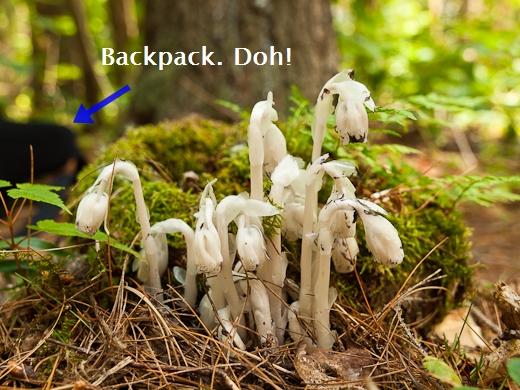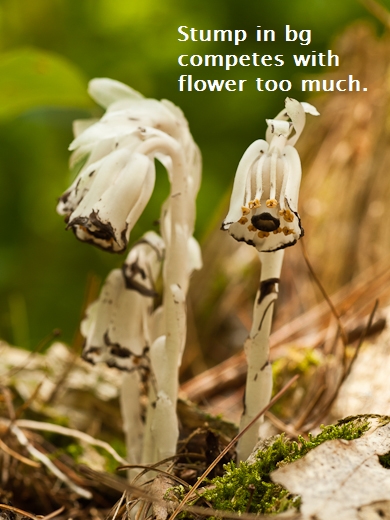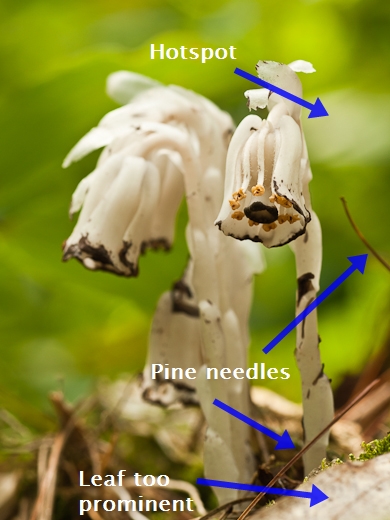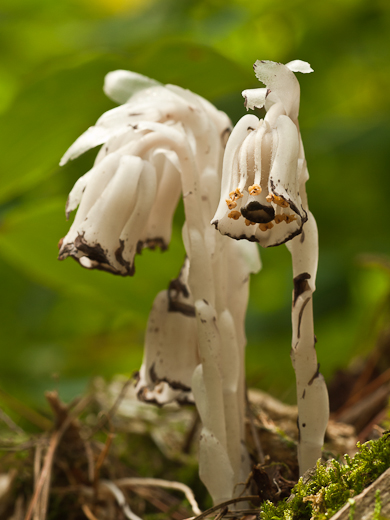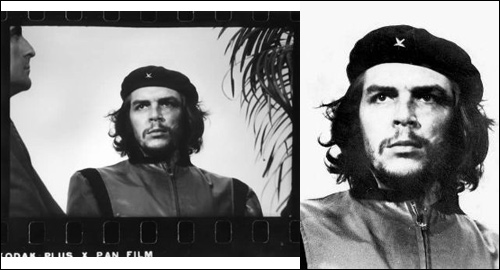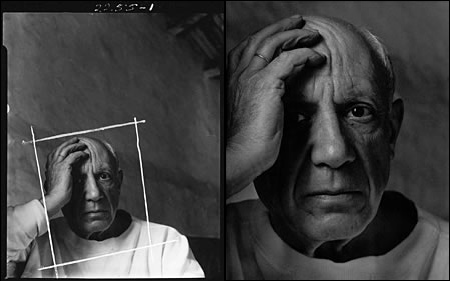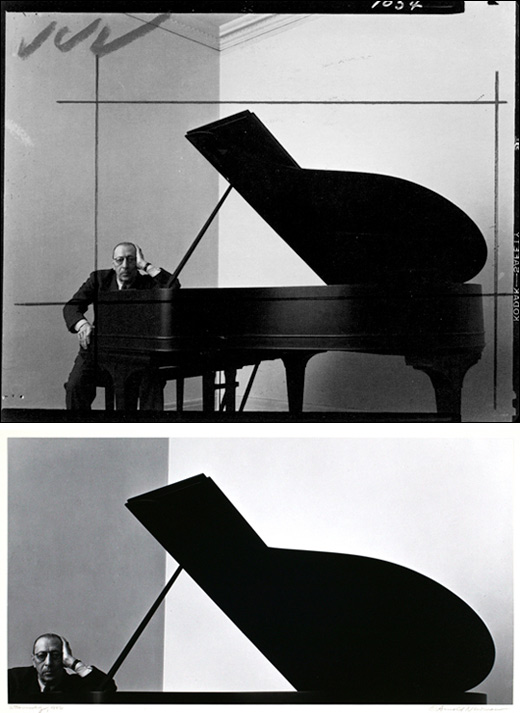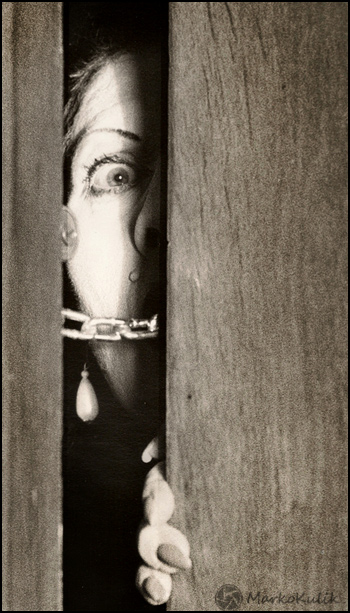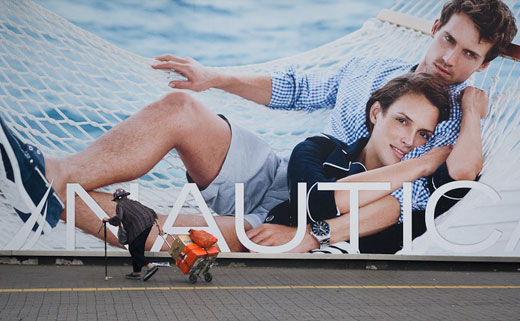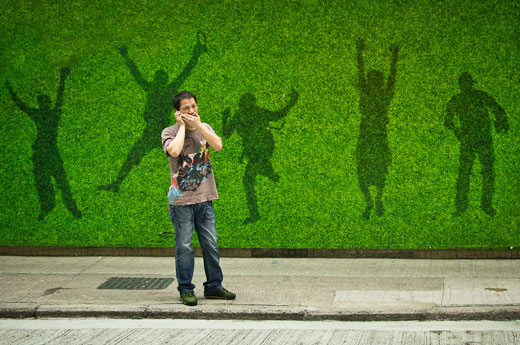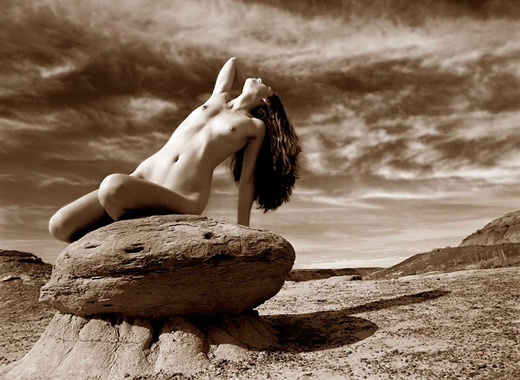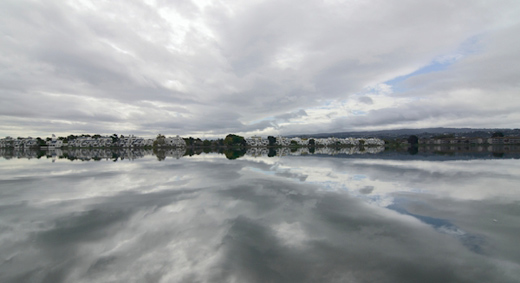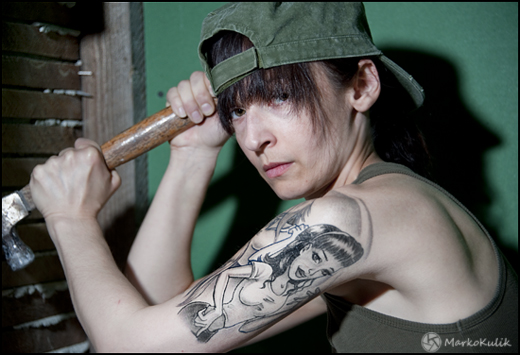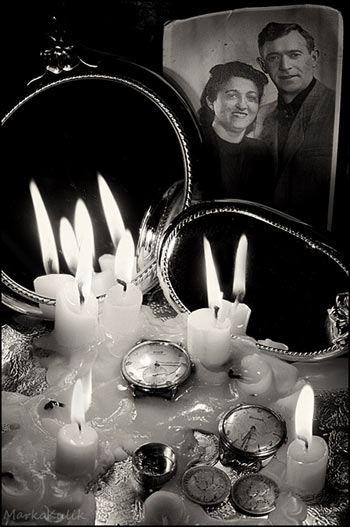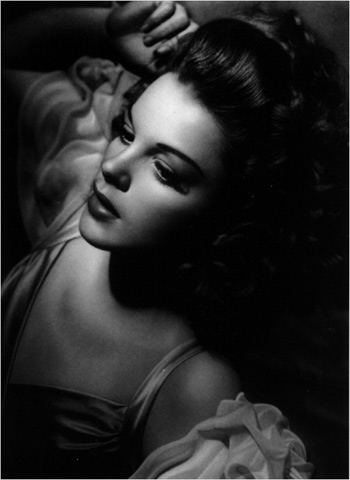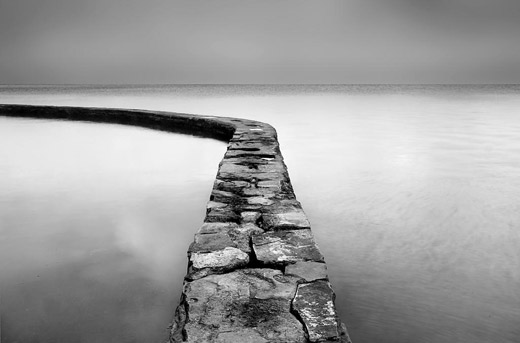Every month on our photography forum members nominate images that they like. Then at the end of the month I choose an excellent image and talk about why it rocks. The photo I choose is not necessarily the best one of the month. I’ve come to realize it’s not really logical to pit images from totally different genres against each other. That’s why there are categories in photo contests. I just choose a photo that has extremely strong elements that we can learn from.
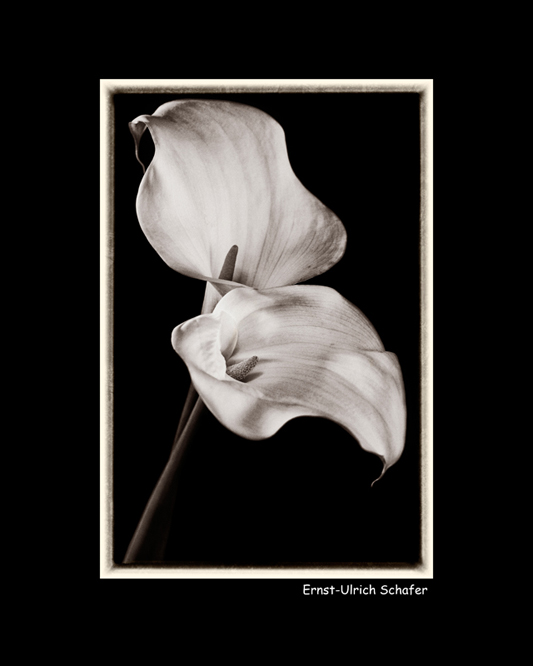
Today’s Calla Lillies by Ernst Ulrich-Schafer
This month’s choice is Today’s Calla Lillies by Ernst Ulrich-Schafer.
I chose this image for several reasons:
Composition — Composition here is very pleasing to the eye! Diagonal stems from bottom left guide the eye to the focal point of the image which are the flowers’ interiors. The shapes of the flowers themselves are wonderful and wonderfully placed in the image. The flowers even create quite an interesting negative space due the contrast against a black background.
Lighting and Post-processing — Lovely lighting here shows off the flowers very well. The lighting is softish but doesn’t look oversoft. Shadows are well controlled here with the deepest blacks being the background itself. This helps the flowers “pop” big-time against that background. Post-processing is also well done here with lovely details in the whites. If I have one nit, I’d nix the black frame as this changes the overall perspective of the flowers making them look smaller. That said, I know Ernst put it there 100% on purpose and it works for him.
Tonal quality — I really like the monochrome (light sepia to my eye) quality of this image. Monochrome really helps show off the strong shapes of these flowers, as well as give them a nostalgic feel.
For all these reasons, this is my choice for image of the month. Since we all have opinions, some members may disagree with my choice. That’s cool but THIS thread is not the place for debate over my pick, NOR is it the place to further critique the image. The purpose here is to suggest strong elements in the photo that we may learn from.
Congrats again Ernst Ulrich-Schafer for creating this wonderful image!
